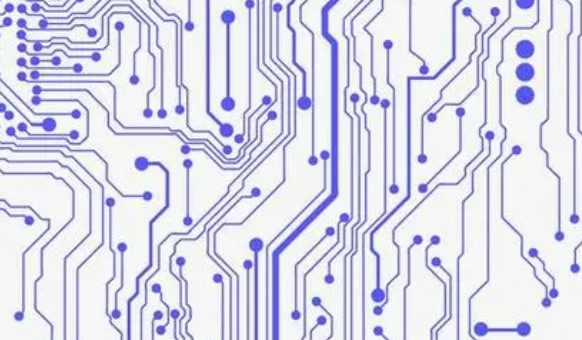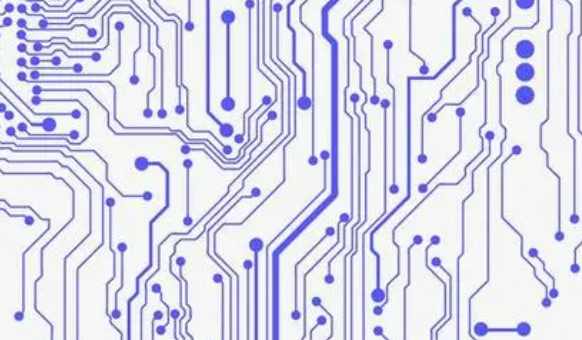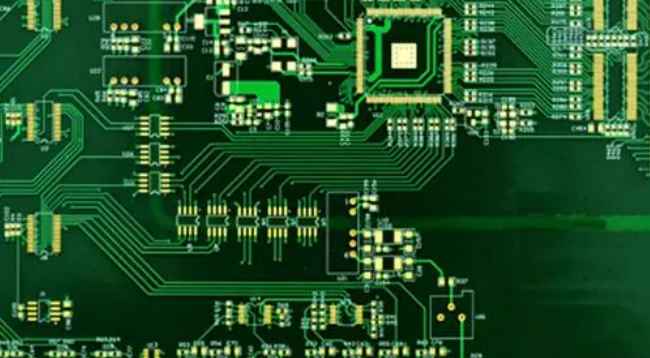
GenCAM allows, and only allows, the 20 information sections mentioned above to appear once in the file, providing different information to the manufacturing process through changes in combinations. GenCAM preserves the hierarchy and structure of information semantics, with each manufacturing device processing only the information section content relevant to its job.
Files before GenCAM 2.0 conform to the Bacos Normal Form (BNF) rules. GenCAM 2.0 version adopts XML file format standard and XML scheme, but the basic information model in IPC-2511A is almost unchanged. The new version only reformulates the organization way of information, while the content of information remains unchanged.
At present, there are many EDA and PCB CAM software vendors support GenCAM as a data exchange format. Mentor, Cadence, Zuken, OrCAD, PADS and Veribest are among the EDA companies; PCB CAM Software vendors include ACT, IGI, Mitron, RouterSolutions, Wise Software and GraphiCode.

Valor ODB + +
The Open Data Base (ODB + +), developed by Valor Computing Systems of Israel, allows design for Manufacturing (DFM) rules to be incorporated into the design process. ODB + + uses the extensible ASCⅡ format to store all engineering data necessary for PCB manufacturing and assembly in a single database. A single database contains graphics, borehole information, wiring, components, netlists, specifications, drawings, engineering processing definitions, reporting functions, ECO and DFM results, and more. Designers can update these databases during DFM design to detect potential layout and wiring problems prior to assembly.
ODB + + is a two-way format that allows data to be passed down and up. Once the design data is transmitted to the PCB workshop in the form of ASCⅡ, the processor can smoothly implement process operations such as etching compensation, panel imaging, output drilling, wiring and photography.
ODB + + uses a more intelligent explicit structure, the specific measures are: (1) including impedance, gold/non-gold through holes, specific through holes connecting plate more system attributes; (2) Using WYSIWYG information description to eliminate ambiguous information description; (3) The attributes of all objects are at the single feature level; (4) Unique layer and order definition; ⑤ Accurate device packaging and pin modeling; ⑥ Embed component list (BOM) data.
ODB + + uses a standard file structure that represents a design as a file path tree, with subfolders containing a series of relevant design information under the design folder. The path tree can be migrated between different systems without data loss. In contrast to a single large file, the tree structure allows some of the data in the design to be read and written individually rather than the entire large file. The 13 levels of ODB ++ file path tree are respectively multi-layer steps, multi-step matrix, symbols within steps, stackups, work forms, work flows. , attributes, aperture tables (wheels), accept multiple input, output multiple device formats, user, third-party extensions, logs, etc.
A normal ODB + + design can contain up to 53 design files in the above folder, and an additional 2 files in the ODB + + library design. ODB + + supports a total of 26 standard graphic symbols.
Because of the particularity of PCB design, some large files in database are not suitable for structured storage. To this end, ODB + + adopts the file mode of line recording text. Each line contains multiple information bits separated by Spaces. The order of the lines in a file is important, and a particular line can require subsequent lines to follow a certain order form. The character at the beginning of each line defines the type of information that line describes.
Valor released ODB + + to the public in 1997; In 2000, ODB + + (X) 1.0 version supporting XML standard was released. Version ODB + + (X) 3.1A was released in 2001. ODB + + (X) rewrites the information organization of ODB + + to facilitate data exchange between design and manufacturing, but its information model does not change much. An ODB + + (X) file contains six child elements, Namely, contents (ODX-CONTENTS), Bill of Materials (ODX-BOM), Authorized vendors (ODX-AVL), auxiliary design (ODX-CAD), supply information (ODX-LOGISTICS-HEADER) and changes (ODX-HISTORYREC), etc. To form a high-level element (ODX).
EDA software vendors such as Cadence, Mentor, PADS, VeriBest, and Zuken have begun supporting ODB + + /ODB + + (X). PCB CAM software vendors such as Mitron, FABmaster, Unicam and Graphic have also adopted ODB + + technology. These software companies formed the Valor user alliance, as long as the EDA data exchange neutral file for processing, can form a device driver, detection program.







